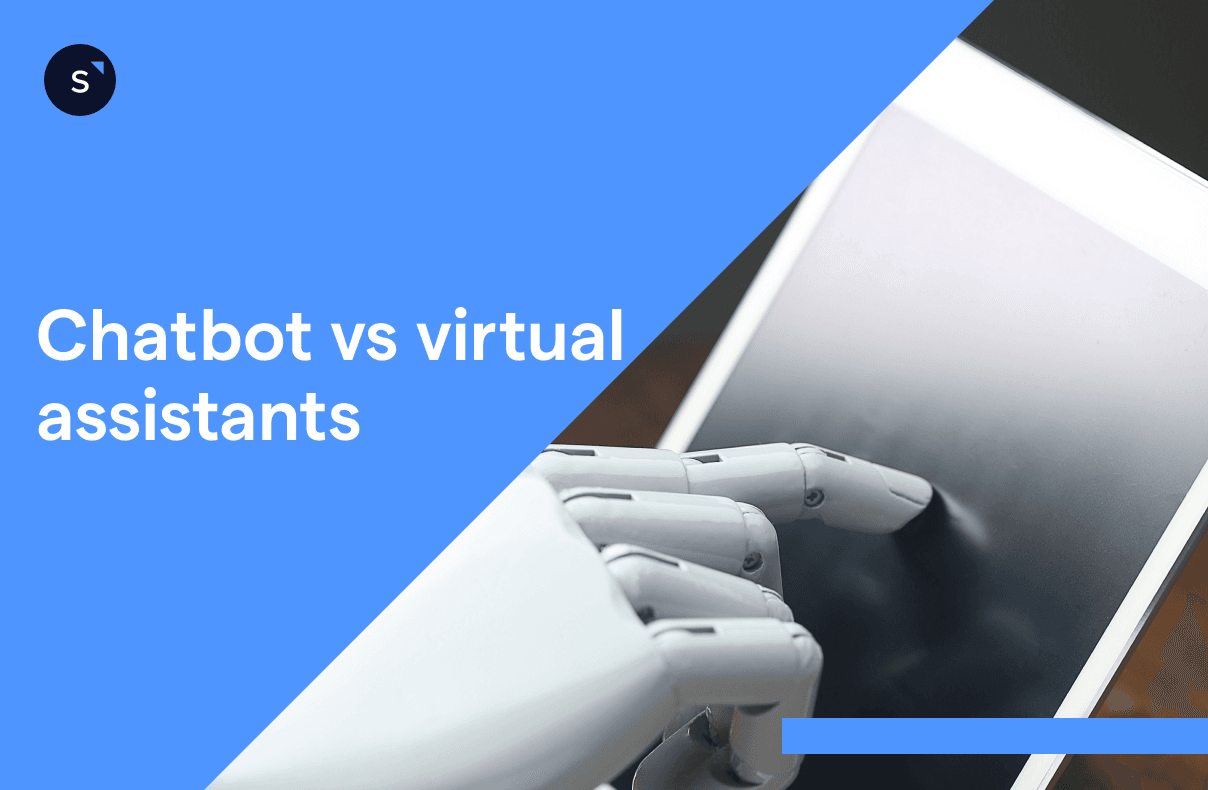Chatbots vs virtual assistants: what’s the difference?
In our highly technological and digitalized world, automation has gained massive popularity. According to a report by Deloitte, Singapore is least at risk from automation, ranking second in preparedness. With the ability to increase productivity, empower more seamless work processes and enable businesses to shift their focus toward more meaningful decision making, it is no wonder that automation has and will continue to triumph. Its prominence is specially made known in social CRM, manifesting in the form of chatbots and virtual assistants. From WhatsApp Business to Instagram chats and more, businesses have been leveraging chatbots and virtual assistants to help them navigate through customer management effortlessly. But, for businesses new to this, how do you decide between a chatbot or virtual assistant?
For customers or for employees
While both chatbots and virtual assistants are generally similar in that they automate processes to enhance efficiency and convenience, there are several differences between them. For one, they serve different purposes. Chatbots are relied upon to help with customer inquiries, while virtual assistants are responsible for daily business operations. Anything revolving around customer management and the elevation of customer purchasing processes fall under the capabilities of a chatbot. As Singapore is a thriving AI hub, embracing the use of technology such as chatbots, the chatbot market share is expected to grow to$9.4 billion by 2024 in Singapore.
On the other hand, virtual assistants can be thought of as personal secretaries, involved in scheduling, and managing emails and reminders. They improve repetitive day-to-day business operations, freeing up time for employees to turn their attention toward more important activities that cannot be performed through automation. Think of it this way, a chatbot centers on the customers while a virtual assistant supports employees.
The conversation flows
Naturally, the core functions of each technology influence how they converse with us. As mentioned above, chatbots or live chats on-site enhance customer management. With the number of customer queries businesses get each day, it is imperative for chatbots to be quick and efficient in resolving these queries. As such, with regards to the flow of conversation, chatbots have structured dialogues. They respond to questions accurately, picking out specific words and delivering a pre-programmed response. Once the query has been resolved, the conversation ends. This boosts the online customer experience, allowing customers to get the information they require in the fastest way possible. For instance, Singapore Airlines leverage its chatbot, Kris, to help travelers with a range of common travel topics including baggage allowances, lounge eligibility, statuses of waitlisted flights, and more.
Since virtual assistants are geared more towards employees rather than social CRM, it allows leeway for the level of efficiency. They use advanced natural language processing to process complexities in conversation and analyze moods and behaviors. Therefore, virtual assistants tend to respond in a more human-like manner with greater ability for communication skills. Users can even have an actual conversation with virtual assistants after performing their required tasks.
Different platforms for chatbots and virtual assistant
Another difference between chatbots and virtual assistants is the platform in which they reside. Chatbots are most often seen on websites and messaging channels including WhatsApp Business or Instagram chat. They may also be deployed on mobile applications and in-app chat widgets.
Virtual assistants are more tangible and can be associated with physical devices including smartphones, laptops, and speakers. They are primarily activated by voice commands or applications. In Singapore, the banking industry sees a rise in the use of chatbots with 54% of fintech focusing on banks.
When it comes to building a chatbot, using a chatbot application in tandem with the WhatsApp Business API platform may just be the easiest way, particularly if the application does not require coding like SleekFlow. SleekFlow offers simple automation rules, enabling you to set up efficient and effective conversation flows even without prior programming knowledge. Moreover, it qualifies and centralizes information without the need for human employees.
For example, Zenxin, an award-winning producer, distributor, and retailer of organic produce in Singapore, has benefitted from the WhatsApp automation capabilities. When providing instant updates and order status, Zenxin uses automated mass messages instead of manual messaging. By creating pre-set rules to effectively and automatically deliver messages, efficiency is optimized and communication is centralized.
Read more about the accelerated digital transformation of Zenxin here.
Summary
Above are just some of the many differences between chatbots and virtual assistants. Ultimately, choosing the more suitable option boils down to your business goals and purposes. Should you wish to drive efficiency and utilize social CRM then a chatbot is what you are looking for. However, if you would rather encourage productivity in business operations so that your employees can dedicate their time to providing a more personable customer management experience, virtual assistants are of wonderful help.
Either way, there is no denying that automation is key and businesses should consider this to remain relevant and thrive. As a multi-channel communications platform that prioritizes automation, SleekFlow enables businesses to work smarter and faster, all while improving the customer management experience.
Want to outcompete your peers with SleekFlow's help?
Book your personalised demo with SleekFlow today and unlock the potential of seamless communication
Share Article
